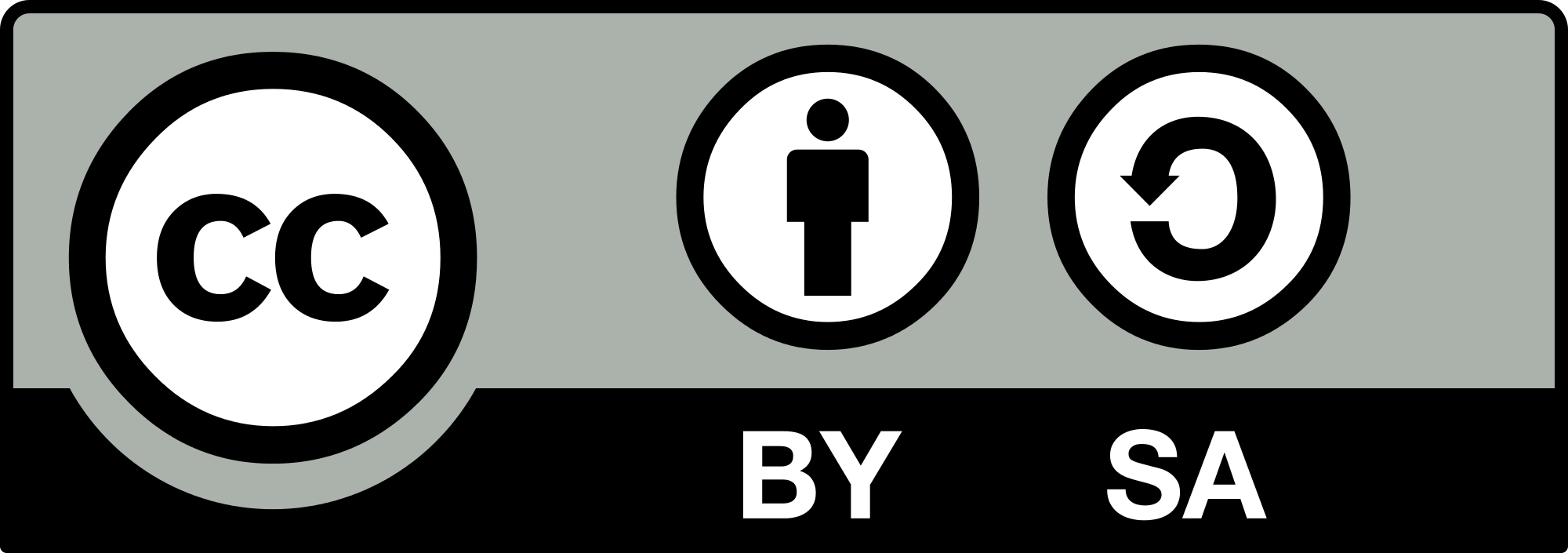Urban Drainage System Simulation Using 1D Model, Case Study: North Kembangan Drainage System, Jakarta
Abstract
Jakarta has a high level of urbanization, which causes land use changes and increasing inundation problems. One area that has experienced inundation is North Kembangan with a height of 20 - 30 cm in recent years and so of that the location is included in flood-prone sub-districts. Accordingly, a study is needed to estimate the North Kembangan drainage system actual conditions using the rainfall-runoff transformation model. This study simulates using the Storm Water Management Model (SWMM), and the calibration validation process is accomplished using the Nash-Sutcliffe model efficiency coefficient (NSE) and root mean square error (RMSE) method to evaluate the reliability of the model. The calibration for several model parameters is required to obtain the reliability model, including the channel Manning coefficient, land overflow Manning coefficient, and curve number. The calibration result shows that NSE values are 0,65, and the RMSE is 0,051 based on data in 2021. Then the validation result shows the NSE is 0,62 and RMSE is 0,040 based on data in 2022.
Keywords
Full Text:
PDFReferences
Dinas Sumber Daya Air DKI Jakarta, Peta Jaringan Drainase Kecamatan Kembangan Utara Kota Administrasi Jakarta Barat (Jakarta: Dinas Sumber Daya Air DKI Jakarta). 2022.
Gubernur DKI Jakarta, Rencana Kontijensi Penanggulangan Banjir (nomor 13 tahun 2021) (Jakarta: Gubernur DKI Jakarta). 2021.
L. A. Rossman and M. A. Simon, Storm Water Management Model User’s Manual Version 5.2 (Washington DC: Environmental Protection Agency). 2022.
Badan Meteorologi, Klimatologi, dan Geofisika, “Tinggi Hujan Harian Stasiun Hujan Kemayoran, Soekarno Hatta, dan Banten, 2004-2023,” Table, Jan. 2024.
Dinas Sumber Daya Air DKI Jakarta, “Tinggi Muka Air Pos Pompa Teratai Kembangan Utara, 2021-2022,” Table, Jan. 2023.
Gubernur DKI Jakarta, Rencana Detail Tata Ruang Wilayah Perencanaan DKI Jakarta (nomor 31 tahun 2022) (Jakarta: Gubernur DKI Jakarta). 2022.
C. W. Ross et al, Global Hydrologic Soil Groups (HYSOGs250m) for Curve Number-Based Runoff Modelling (Oak Ridge: ORNL DAAC). 2018.
Suripin, Sistem Drainase Perkotaan yang Berkelanjutan. 1st edition. Yogyakarta: ANDI, 2004.
Badan Standardisasi Nasional, Standar Nasional Indonesia Tata Cara Perhitungan Debit Banjir Rencana (nomor 2415 tahun 2016) (Jakarta: Badan Standardisasi Nasional). 2016.
B. Triatmodjo, Hidrologi Terapan. 1st edition. Yogyakarta: Beta Offset, 2008.
D. N. Moriasi et al, “Model Evaluation Guidelines for Systematic Quantification of Accuracy in Watershed Simulations,” American Society of Agriculture and Biological Engineers, vol. 50, no. 3, pp. 885-900, 2007.
K. B. C. Eckart, “Multiobjective Optimization of Low Impact Development Stormwater Controls Under Climate Change Conditions,” M. S. thesis, Department of Civil and Environmental Engineering, University of Windsor, Windsor, 2015.
B. Abdelkebir et al, “Evaluating Low-Impact Development Practice Performance to Reduce Runoff Volume in an Urban Watershed in Algeria,” Arabian Journal of Geosciences, vol. 14, no. 814, pp. 1-10, 2021.
H. Sun et al, “The Multi-Objective Optimization of Low-Impact Development Facilities in Shallow Mountainous Areas Using Genetic Algorithms,” Water, vol. 14, no. 2986, pp. 1-19, 2022.
C. Liang et al, “The Effect of Sponge City Construction for Reducing Directly Connected Impervious Areas on Hydrological Responses at the Urban Catchment Scale,” Water, vol. 12, no. 1163, pp. 1-16, 2020.
DOI: http://dx.doi.org/10.12962%2Fj20861206.v39i1.20311
Refbacks
- There are currently no refbacks.

Journal of Civil Engineering is licensed under a Creative Commons Attribution-ShareAlike 4.0 International License.







.jpg)